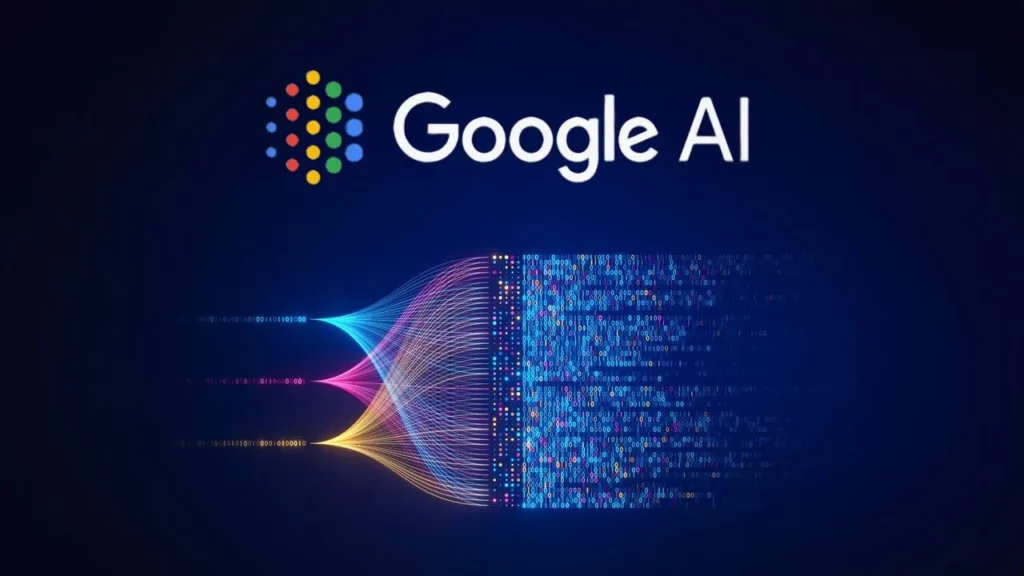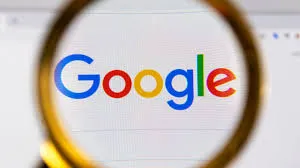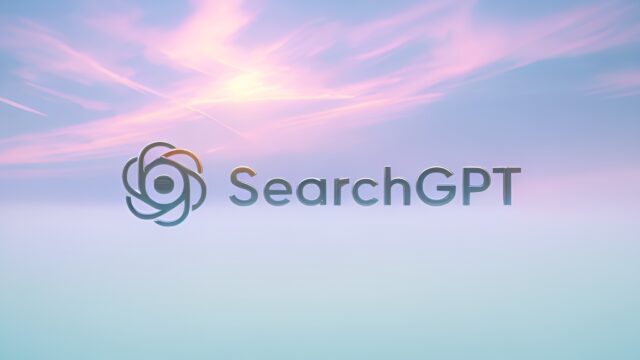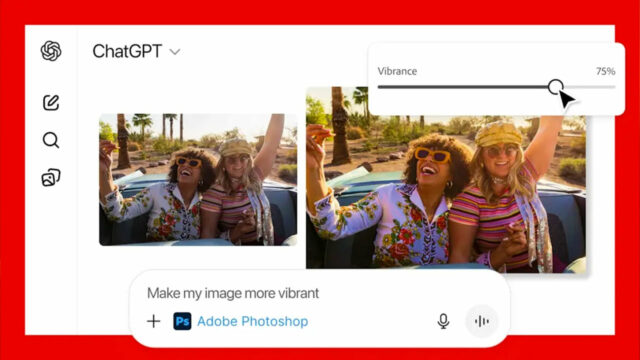Google is testing a feature called Web Guide, and it could reshape how search results appear. Instead of a wall of blue links, it organizes responses into labeled sections each with summaries, grouped topics, and links pulled from across the internet.
How Web Guide turns search into structure

At its core, Web Guide takes your query, breaks it into pieces, and sorts the answers into topic-based categories. These aren’t vague summaries they’re real links, neatly labeled under what people are likely asking. You might see sections like “Best Practices for Small Gardens” or “Organic Pest Control Methods,” even on broad searches.
By cutting noise and creating focus, the experience feels closer to reading a web guide than skimming a results dump.
Where Web Guide pulls its sources
Instead of rewriting the internet, Google lets the internet speak. Each section under Web Guide includes links from diverse places official docs, personal blogs, videos, forums, and discussion threads. It builds a mosaic of expertise and opinion without hiding where it came from.
It’s not just AI-written blurbs. It’s AI arranging the real web more helpfully.
Testing phase keeps Web Guide opt-in
For now, the feature lives quietly in Search Labs. Only users who enable it in the “Web” tab get access. You can flip it on or off at any time, and Google hasn’t confirmed when it’ll show up in the main “All” results tab. That said, internal testing appears to be expanding.
What makes it different
- Results grouped into themed sections
- Headings reflect specific sub-intents
- Visible links from varied online sources
- Optional summaries not replacement content
- Access limited to Search Labs for now
A softer shift in Google’s AI strategy
While AI Overviews and Gemini grabs headlines, Web Guide takes a quieter route rethinking how humans browse, not just how machines answer. It doesn’t try to replace the open web. It tries to reframe it.
If this model sticks, Google’s best AI move might be the one that feels the least like AI at all.














